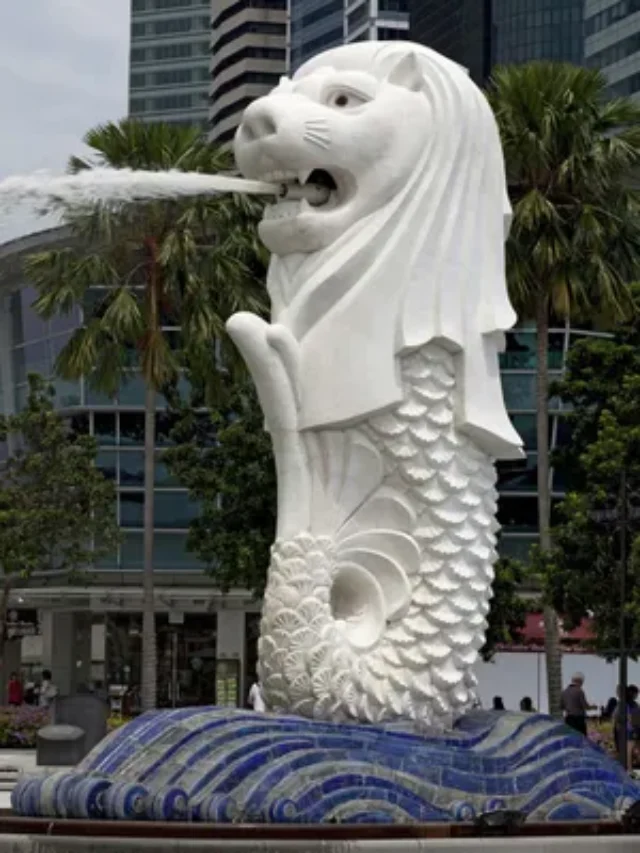- Often called the “Saint of the Slums,” highlighting her lasting commitment to helping those in need.
- Born with the name Anjezë Gonxhe Bojaxhiu on the 26th of August, 1910, in what is now known as Skopje, North Macedonia.
- Brought up in a family deeply committed to Catholicism, laying the groundwork for her spiritual path.
- Became a member of the Sisters of Loreto at just 18, signaling the onset of her religious career.
- Moved to Kolkata, previously known as Calcutta, in India, in 1929, to educate young girls at St. Mary’s High School.
- Underwent a transformative “call within a call” while on a train to Darjeeling, compelling her to assist the impoverished and unwell.
- Initiated the Missionaries of Charity in 1950, with the objective of aiding those deemed “unwanted, unloved, and uncared for.”
- Extended the reach of the Missionaries of Charity, which is currently operational in 133 nations.
- Launched Nirmal Hriday in 1952, a Kolkata-based sanctuary for the terminally ill, offering them a dignified conclusion to life.
- Set up Shishu Bhavan, an institution focused on the welfare of forsaken and parentless children.
- Instituted a range of clinics for leprosy patients and a leper settlement named Shanti Nagar, with an emphasis on medical care and societal reintegration.
- Garnered the Nobel Peace Prize in 1979 for her altruistic endeavours, opting to forgo the ceremonial banquet and allocate the financial award to charitable causes.
- Received the Bharat Ratna in 1980, the pinnacle civilian honour in India, in tribute to her unparalleled societal contributions.
- Conferred honorary citizenship of the United States in 1996, a distinction seldom granted.
- Faced questions regarding the medical care quality in her facilities and her traditional views on contraception and abortion.
- Passed away on September 5, 1997, leaving behind an enduring legacy of compassion and charitable work..
- Beatified in 2003 by Pope John Paul II, marking her initial progression towards canonization.
- Officially canonized by Pope Francis on the 4th of September, 2016, affirming her status as a global exemplar of humanitarian work.

Mother Teresa: A Lifelong Journey of Selfless Love and Care
Often hailed as the “Guardian Angel of the Poor,” Mother Teresa’s life is a testament to their unwavering commitment to alleviating suffering. She was born Anjezë Gonxhe Bojaxhiu on the 26th of August, 1910, in the city of Skopje, which is now a part of North Macedonia. Raised in a devoutly Catholic household, her early years were instrumental in shaping her spiritual convictions. At the tender age of 18, she joined the religious order of the Sisters of Loreto, marking the beginning of her lifelong dedication to religious service.
A Life-Altering Decision
In
1929, Mother Teresa relocated to Kolkata, formerly known as Calcutta, in India.
Initially, she took on the role of a teacher at St. Mary’s High School for
girls. However, a pivotal moment in her life occurred during a train trip to
Darjeeling. She experienced what she described as a “call within a
call,” a profound spiritual awakening that led her to dedicate her life to
serving the needy and ailing.
Expanding Global Outreach
Mother
Teresa founded the Missionaries of Charity in 1950 with a clear mission: to
care for those who were often ignored by society—the “unwanted, unloved,
and uncared for.” Over the years, the organization has grown exponentially
and now has a presence in 133 countries worldwide. In 1952, she inaugurated
Nirmal Hriday, a haven in Kolkata for those at the end of their lives, ensuring
they could pass away with dignity. She also established Shishu Bhavan, a
sanctuary for orphaned and abandoned children. In addition, she set up numerous
clinics and a dedicated colony named Shanti Nagar for those suffering from
leprosy, focusing on both medical treatment and social reintegration.
Accolades and Controversies
Her selfless work was recognized globally. In 1979, she was awarded the Nobel Peace Prize, which she accepted on behalf of the “unwanted” and donated the prize money to further her charitable work. She was also honored with India’s highest civilian award, the Bharat Ratna, in 1980. In a rare gesture, she was granted honorary U.S. citizenship in 1996. Despite these accolades, her work was not without its critics. She faced scrutiny for the quality of healthcare in her facilities and was often criticized for her conservative views on contraception and abortion.
An Everlasting Impact
Mother Teresa passed away on September 5, 1997, but her legacy of compassion and service continues to inspire. She was beatified in 2003 by Pope John Paul II, the first significant step towards sainthood in the Catholic Church. On September 4, 2016, she was canonized as a saint by Pope Francis, solidifying her enduring status as a global symbol of humanitarianism.
key lessons we can learn from Mother Teresa’s life and work:
1. Compassion for others – Mother Teresa taught us to see the value in every human life, particularly those marginalized by society like the poor, sick, and dying. She treated each person she helped with love, empathy, and respect.
2. Service above self – Mother Teresa was entirely selfless and devoted to serving others before herself, even when it was difficult and she was criticized. Her primary concern was easing the suffering of others.
3. Living simply – Despite her fame, Mother Teresa lived a life of simplicity, owning only a few basic things. She reminds us that living modestly and humbly is fulfilling.
4. Perseverance – In the face of obstacles, Mother Teresa never gave up. She firmly believed God was on her side, giving her strength to keep going and fighting poverty.
5. Small sacrifices make a big difference – Mother Teresa believed we all can make a difference through small, consistent acts of love and kindness. She started her mission by helping just a few people on the streets.
6. Actions speak louder than words – Rather than just speaking about help, Mother Teresa directly went out into the slums and provided aid. Her entire life was about tangible actions to assist the poor.
7. Faith in action – Mother Teresa turned her deep Catholic faith into concrete actions. She saw her mission as fulfilling Jesus’s call to serve the poor and vulnerable.
8. Acceptance of all – Mother Teresa accepted and cared for all people, regardless of their race, religion, infection with leprosy or other diseases, or social status. She saw dignity in everyone.
As we commemorate Mother Teresa on her birth anniversary, let us reflect on her unparalleled legacy of compassion and service. May her life continue to inspire us to act with selfless love and make a meaningful impact on the lives of others.


